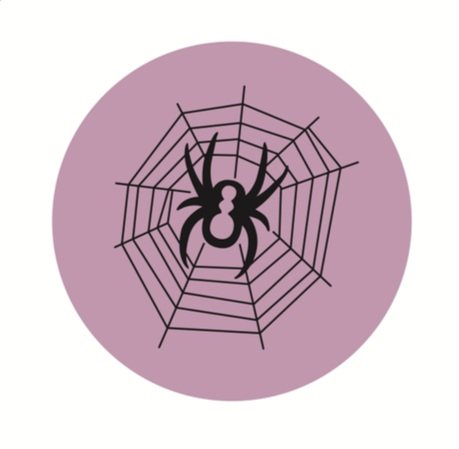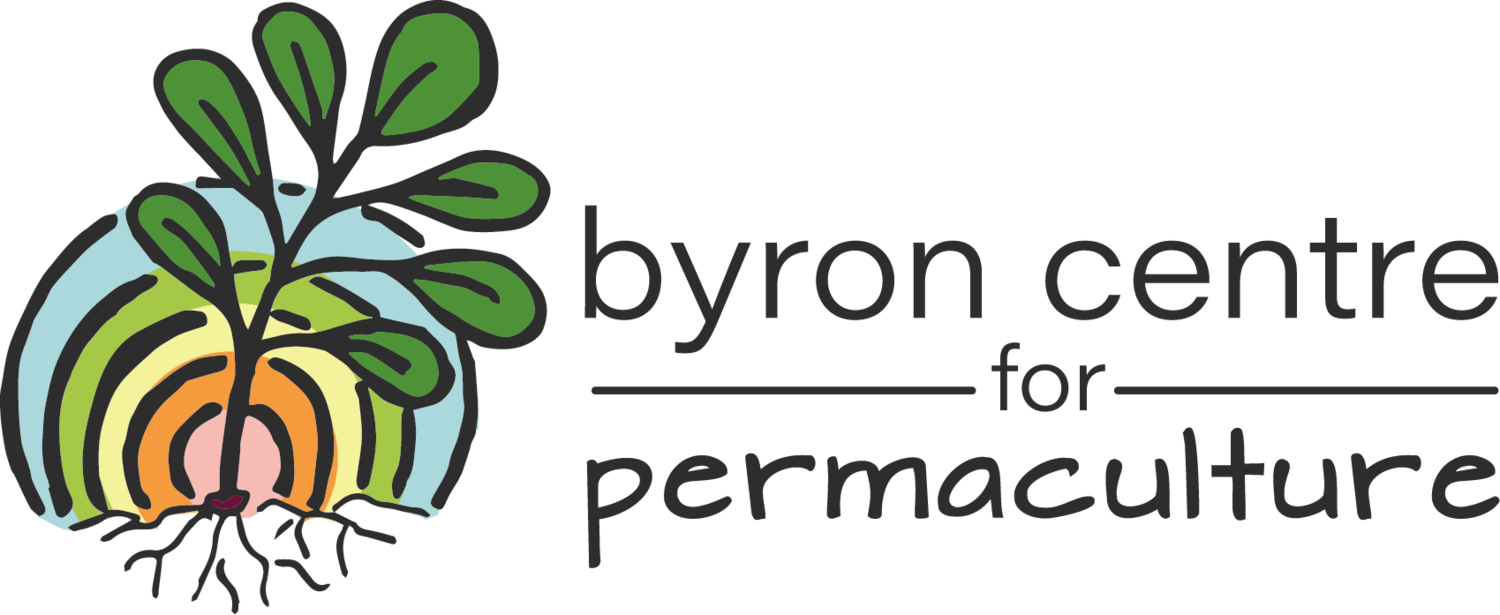Permaculture A Way of Life
Permaculture is a practice and process of holistic thinking, rooted in the wisdom and actions of sustainable Indigenous and traditional cultures, and enriches this knowledge with insights of contemporary earth and design sciences. It is in tune with the patterns, flow and relationships with nature to meet our local human needs, gently and sustainably.
It is a proactive and holistic response to our social and environmental challenges. Permaculture nudges us that we need to actively regenerate the land, ecologies and social structures that support us.
Through the following ethics and practices we can fortify our future, enhance food security and accessibility, empower local resources and skills, build our soil, and protect our ecological relationships. Permaculture is boundless.

The Permaculture Ethics & Principles are a conceptual compass, to help us transition from dependent consumers to a way of life that is responsible, wholesome, reciprocal, and meaningful.
Earth Care
for natural resources
protection and repair
regenerative and diverse farming
People Care
promoting and achieving equality, respect and opportunity
every person has the right to land, food, water and a healthy future
Fair Share
distribute surplus, limit consumption and care about the future
a healthy economy, environment, society and culture

The Permaculture Principles
By learning the 12 permaculture principles, you will be equipped with simple but invaluable thinking tools to design anything! Permaculture can inspire us to nurture any land into thriving, productive spaces that reciprocate our and earth’s needs.
-

1. Observe & Interact
Beauty is in the eye of the beholder.
Through careful observation and thoughtful interaction, we can make use of human capabilities, reduce dependence on non‐ renewable energy, and develop systems of wholistic, reciprocal land use and lifestyle that can sustain people and the planet. Observe and interact also reminds us to consider different perspectives, so we can understand in a more holistic context.
-

2. Catch & Store Energy
Make hay while the sun shines.
Catch and store energy highlights the need and opportunity to take advantage of surplus energy, food and other local resources when they are available. Permaculture designers aim to catch sun, wind, excess water flows, waste byproducts of commercial activities, and knowledge + skills of our elders. Important storages for the future include: fertile living soil, perennial foods, surplus produce, seeds, water bodies, and information. The proverb, ‘Make hay while the sun shines’ reminds us that we have limited time to catch and store energy.
-

3. Obtain A Yield
You can’t work on an empty stomach.
If we are serious about sustainable design solutions, then we need to yield useful, tangible rewards as part of the work we do. Whether we are designing a garden, house, or community. The yields could be abundant harvest, seeds saved each seasons, fibres, fuels, mental health and social cohesion. High yielding homes and settlements can meet needs on less land.
-

4. Apply Self Regulation & Accept Feedback
The sins of the father are visited on the children unto the seventh generation.
This principle encourages us to dissuade inappropriate actions and behaviours. Our goal is to accept limits to our own consumption so that we do not displace current and future generations or take more than the earth is able to provide. As designers, we should create plant guilds and animal systems that are more harmonious and self-regulating to reduce our workload in activities such as weeding. A system composed of self-reliant elements is more robust to disturbance. The earth itself is our largest living organism, capable of epic self regulation to maintain homeostasis.
-

5. Use & Value Renewable Resources
Let nature take its course.
This principles encourages us to make best use of nature’s abundance so we can reduce consumptive behaviours and dependence on finite, non-renewable resources. Using biological resources means that they are inherently renewable and regenerative - a horse versus a car. The proverb ‘Let nature take its course’ reminds us that total control over nature through excessive resource use and technology is not only expensive, but leads to degradation of biological systems that support us directly or indirectly.
-

6. Produce No Waste
Waste not want not.
A stitch in time saves nine.
Produce no waste brings together traditional values of frugality and care for material goods, making use of what is available to us, and seeing waste streasms as resources and opportunities. The icon of the worm represents one of the most effective recyclers of organic materials, consuming plant and animal ‘waste’ into valuable plant food. The proverb “a stitch in time saves nine” reminds us that timely maintenance prevents waste, while “waste not, want not” reminds us that it’s easy to be wasteful in times of abundance, but this waste can be a cause of hardship later.
-

7. Design from Pattern to Details
Can’t see the forest for the trees.
By stepping back, we can observe the larger patterns in nature and society. These can form the backbone of our designs, with the details filled in as we go. Every spider’s web is unique to its situation, yet the general pattern of radial spokes and spiral rings is universal. The proverb ‘Can’t see the forest for the trees’ reminds us that diving headfirst into the details tends to distract us from seeing the bigger picture of the system.
-

8. Integrate Rather than Segregate
Many hands make light work.
Integrate rather than segregate focuses on the building mutually beneficial and symbiotic relationships between elements or people, so a system or community can become strong, supportive, and self-reliant.
-

9. Use Small & Slow Solutions
The bigger they are, the harder they fall.
Slow and steady wins the race.
Using small and slow solutions are easier to maintain than big ones, they make better use of local resources and allow us to accept feedback and take manageable steps to self regulate. The proverb “the bigger they are, the harder they fall” reminds us of the disadvantages of excessive size and growth while “slow and steady wins the race” encourages patience while reflecting on a common truth in nature and society.
-

10. Use & Value Diversity
Don’t pull all of your eggs in one basket.
The spinebill and the hummingbird both have long beaks and the capacity to hover – perfect for sipping nectar from long, narrow flowers. This remarkable adaptation symbolises the specialisation of form and function in nature. Diversity of flora, fauna, populations, genes, cultures, and skills, can provide insurance against the vagaries of nature and everyday life.
-

11. Use the Edge & Value the Margins
Don’t think you are on the right path, just because it is a well beaten path.
The icon of the sun coming up over the horizon with a river or road in the foreground shows us a world composed of many edges. And these edges are dynamic and productive parts of all natural systems, where exchange of materials and energy take place. They should not only be recognised and conserved, but expanded to increase collaboration and stability. The proverb reminds us that the most common, obvious and popular is not always the most significant or influential.
-

12. Creatively Use & Respond to Change
Vision is not seeing things as they are, but as they will be.
Permaculture is about the durability of natural living systems and human culture, but this durability depends on flexibility to inevitable change; whether this change is deliberate and co-operative, or a creative adaptation to large-scale system change which is beyond our control or influence. The proverb suggests that understanding change is much more than a linear projection. It also makes a cyclical link between this last design principle about change and the first principle about careful observation.
Informative derived and adapted from
Permaculture Principles permacultureprinciples.com
David Holmgrem Essence of Permaculture. Free download HERE.
Robyn Francis, Permaculture College Australia

